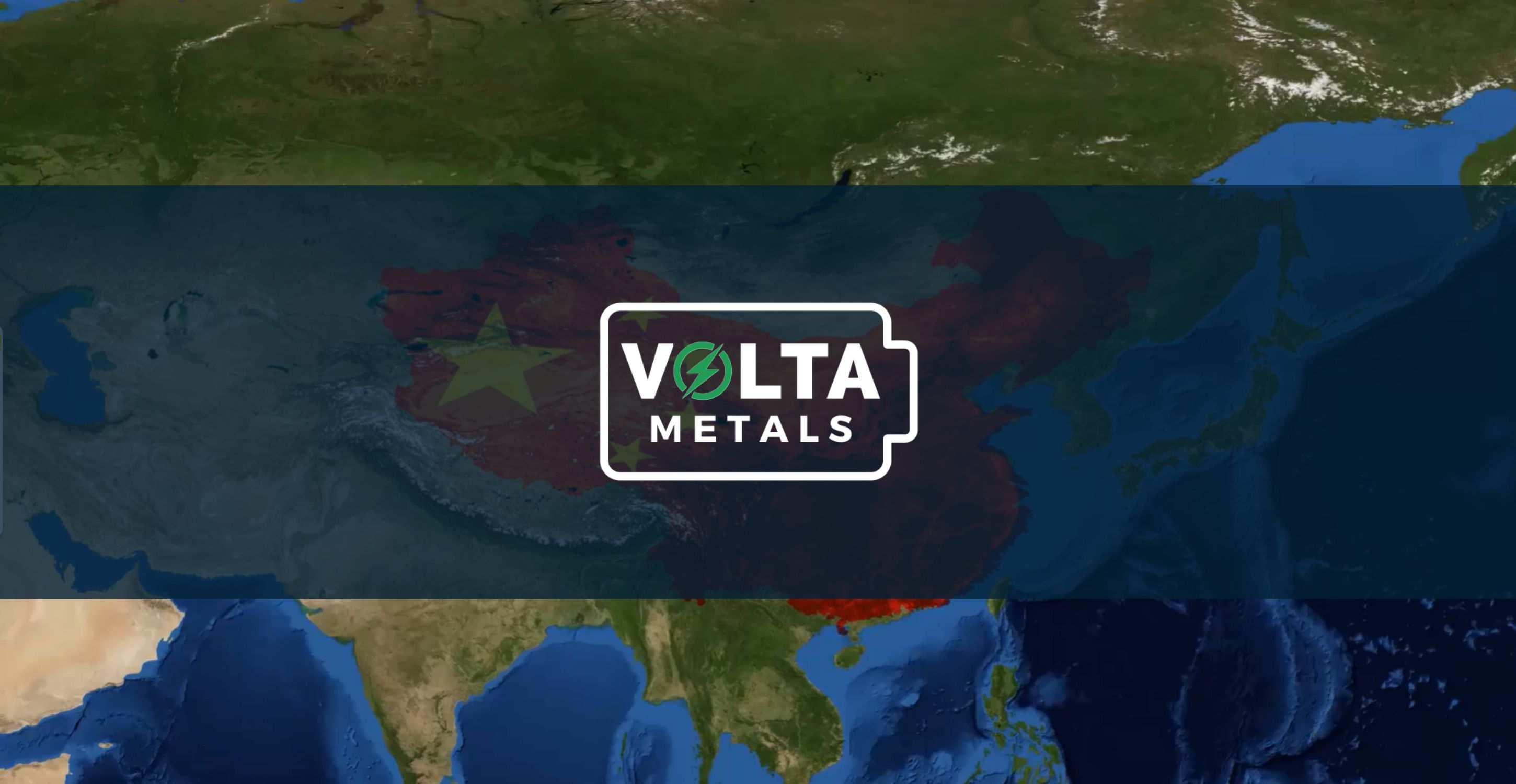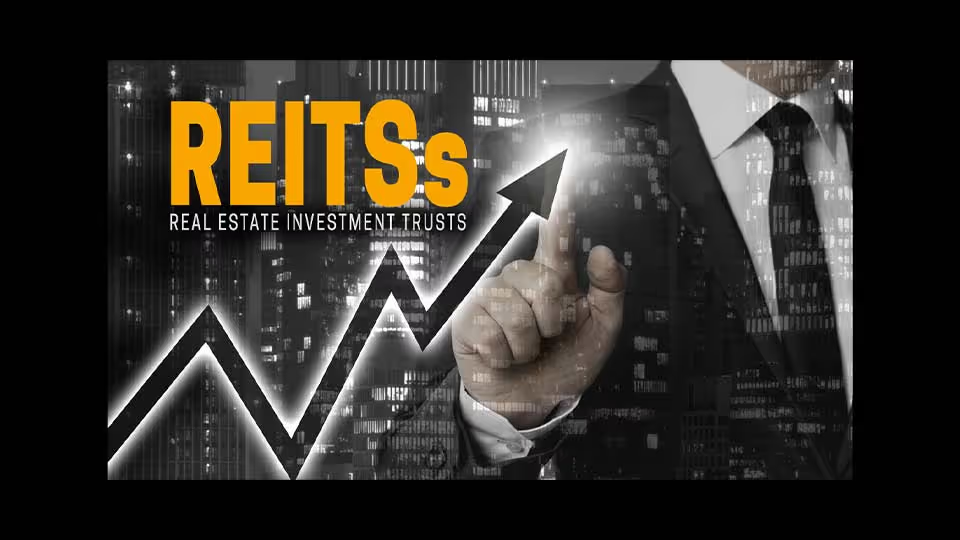BTV Dives Into the Global Exchange Traded Fund (ETF) World
On national TV Sat. July 20 & Sun. July 21, 2019 – The global Exchange Traded Fund (ETF) market is projected to more than double over the next five ye …

On national TV Sat. July 20 & Sun. July 21, 2019 – The global Exchange Traded Fund (ETF) market is projected to more than double over the next five years. BTV- Business Television speaks with ETF industry experts giving investors firsthand insight.
Mackenzie Investments Canada (MEE)
VP, ETFs, Stacey Steinberg talks about risk management and how this veteran company, that's been on the market for 52 years now, delivers products to Canadian investors. Currently, the company has 2,082 different funds, with different objectives. Some of them are performance objectives and others are risk mitigation objectives.
Risk is always a concern for investors and some sectors can be a little daunting for investors to face on their own.
Performance vs. Risk Management: Of course, everybody wants performance, that’s what investors are on the market for. Though risk management doesn’t make headlines, Stacey Steinberg believes this is one of the best features of ETFs: managing risks. And the best way to manage the risk of an ETF is through an advisor or investor.
ETFs began as passive investments. In a passive ETF, the investments it holds are chosen to mimic the performance of the index or sector it’s tracking. Active ETFs have been created to outperform Passive ETFs in the same index or sector. That approach was borrowed from the ETFs cousin, the mutual fund.
Vanguard Group (VBAL)
The world’s largest provider of mutual funds and the second largest provider of ETFs. The company’s main sector is index equity, that is passive exposure to the equity markets of Canada and the globe.
Scott Johnston shares how the company is now investing in some new areas of the market. It is offering fixed income exposures, which are slightly new with an equity. In addition, Vanguard recently presented a single ticket multi-asset portfolio. Which means that you can have both equity and fixed income in a single ETF.
Byinvesting in Vanguard products, investors get the benefits of their mutualownership structure and client-oriented policy. As a result, the company isowned by its clients, eliminating the conflict of interests between clients andshareholders.
Bristol Gate Capital Partners (BGU)
Is an active management company based in Toronto, which has 1.3 billion in assets under management. An amazing growth, compared to the 75 million it had just five years ago.
The company’s President, Michael Capombassis, says that the company is broadly in the dividend space because of its dividend growth strategies. Bristol Gate offers dividend growth for the digital age, by incorporating a combination of A. I. and data science, with fundamental research and analysis to build its portfolio.
In a world where data is being create at a rate so fast it's hard to understand how big it is, it's necessary to have some data science capabilities. In combination with the good old-fashioned human judgement to thrive as an active manager.
Horizons ETFs (FOUR)
Known for their innovation, has the first leverage tax-efficient and actively managed ETF in Canada and the first marijuana ETF in the world.
Executive Vice-President Jamie Purvis explains the benefits of thematic investing. Thematic means something that isn't mainstream, like canopy marijuana stocks that have been in the TSX 60 for two years now.
The company is also betting on robotics and automation sectors that aren’t mainstream right now, but they believe may become mainstream in two, five, ten or 20 years. Creating investment opportunities as ETFs themselves have just become mainstream.
Harvest Portfolios Group (HBF)
The company stands out by offering equity income products for long term growth and cash flow.
CEO, Michael Kovacs, discloses the company’s strategy to differentiate itself in the crowded market of ETFs. A lot of competitors have around 50 to 150 products, but Harvest only has 12 top products, which makes it very specific while looking for long term equity growth.
Their focus is on several health care utilities and technology, but they try to cover a variety of different sectors. In addition, Harvest’s attention is on some of the largest companies in the world, like Disney, Coca-Cola, Apple Computer, companies that people recognize and feel comfortable with. According to Michael Kovacs, Harvest wants to make sure it’s focused on megatrends, trends that will continue for 10 to 20 years, like health care and technology.
NEO Exchange
NEO's Head of Funds & Trading, Erik Sloane, reveals that he sees a trend to building products for distribution. He believes that in the near future we’ll see copies of different funds that are suitable for different channels, whether it’s discount or advisors. That’s a trend the company bets will definitely continue. As ETF’s continue to evolve, companies thrive to stand out from the crowd.
Fuzzy Logix
EVP, Sales and Marketing Aashu Virmani shares his idea on how to tell if you have come up with a good idea. An ETF always begins with what is called a seed idea. Then, you must develop that idea to figure out if it will perform well. That means considering the trading costs and the tax implications. Consequently, FastINDX is essentially a tool that allows someone who is in the market to design an ETF to first test out the pieces.
The Importance of FastINDX:
Traditionally it would take about eight weeks to process data going back to 30 years. With FastINDX the same 30 year back test can be done in just ten minutes.
Brompton Funds
The Canadian equity index is lacking some very important sector exposures and two good examples are technology and health.
Chris Cullen, Senior Vice President of Brompton Funds comments on how the Canadian market is underestimating those very important sectors. To fill in the gap, Brompton Funds came out with two Canadian hedged ETFs, Brompton Tech Leaders Income and the Brompton Healthcare Income and Growth, to help address these issues.
Furthermore, he makes it very clear that the company will always focus on retail clients, who have very different needs from institutions. With an active management, the company promises to bring dividends to a higher than normal level of dividends.
Starlight Capital
CEO & CIO Dennis Mitchell says the company is focused on “real assets” and explains what it means. Real assets are long term assets, like real estate and infrastructure, that the company believe tend to outperform both global fixed income and global equities.
And he lists other reasons why Starlight isinvesting in such sectors. When added to a diversified portfolio, these sectorstend to increase its long-term return potential. At the same time, they reduce thelong-term volatility and risk, providing for more efficient returns. Inaddition, real estate and infrastructure are under allocated by investors inCanada.
RealEstate is All About Location
Starlight tries to find markets or sectors that are offering better risk return than what could be found domestically. They look for markets with significant supply – demand imbalances, a situation where there is a lot of population growth and the supply of the real estate in that market may be constrained anyway.
But we are not just talking about multi residential spaces, also data centers, cell towers or logistics. The company will try to supply demand imbalances that provide for a stronger rent growth, stronger cash flow growth, net asset value appreciation and, over the long term, consistent growth in the value of their investors’ investments.
Ark Investment Management
Cathie Wood, CEO of Ark Investment Management says the company bets on the success of disruptive innovation to transform the way the world works.
An active investor, the company trades every day, in contrast to most ETFs that trade once a quarter. Focused on the future, the company depends on its original research to get the right answer about how the world is going to work in the future.
AVolatile but Viable Strategy
Although this is a volatile strategy, itactually lowers the risk of portfolios that are more value-oriented, likecommodities or real estate, while increasing the return.
A study has confirmed that if you combine Ark’s strategy with more traditional value strategies, or even growth strategies over a full market cycle, it will increase returns and lower risks.
BTV, a half-hour weekly investment program, profiles emerging companies across Canada and the US to bring investors information for their portfolio. With Hosts Taylor Thoen and Jessica Katrichak, BTV interviews experts, top analysts, plus features companies at their location giving investors an insightful business perspective.
BTV BROADCAST TIMES:
CANADA: BNN Bloomberg – Saturday July 20 @ 8:00pm EST, Sunday July 21 @ 4:30pm EST
Bell Express Vu – Saturday July 20 @ 8:00pm EST, Sunday July 21 @ 4:30pm EST
Air Canada: TV Seatback: Business Channel
U.S. National:
Biz Television Network – Sun July 28 @ 5:30am, 6pm & 9:00pm PST, Tues July 30 @ 5:00pm & 8:00pm PST
Discover Companies to Invest In
Submit a Company for upcomingBTV episodes:
Contact: (604) 664-7401x3 info@b-tv.com
To receive news, click hereto subscribe.
Latest Articles
Hot Companies
You might also like

Volta Metals: Powering Tomorrow with Ontario’s Critical Minerals
As global demand for critical minerals surges, Volta Metals is strategically positioned in Northwestern Ontario, exploring lithium and rare metals in proximity to infrastructure and clean energy sources.





.png)